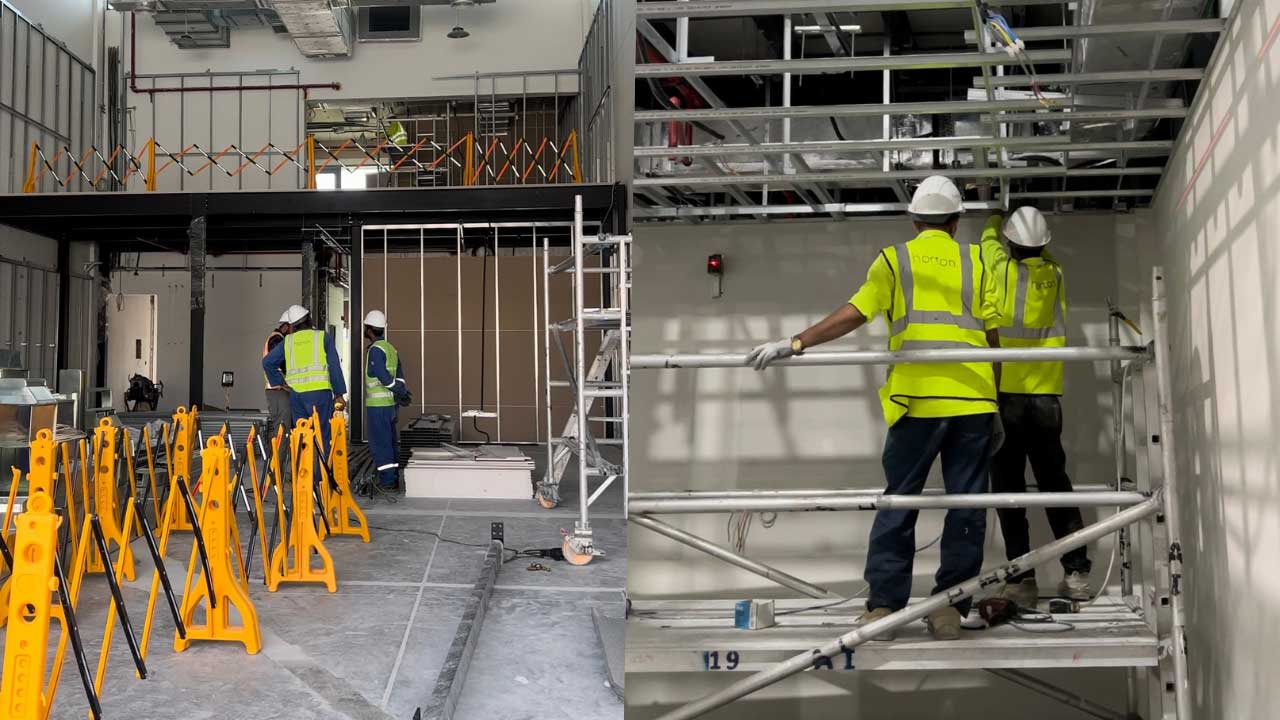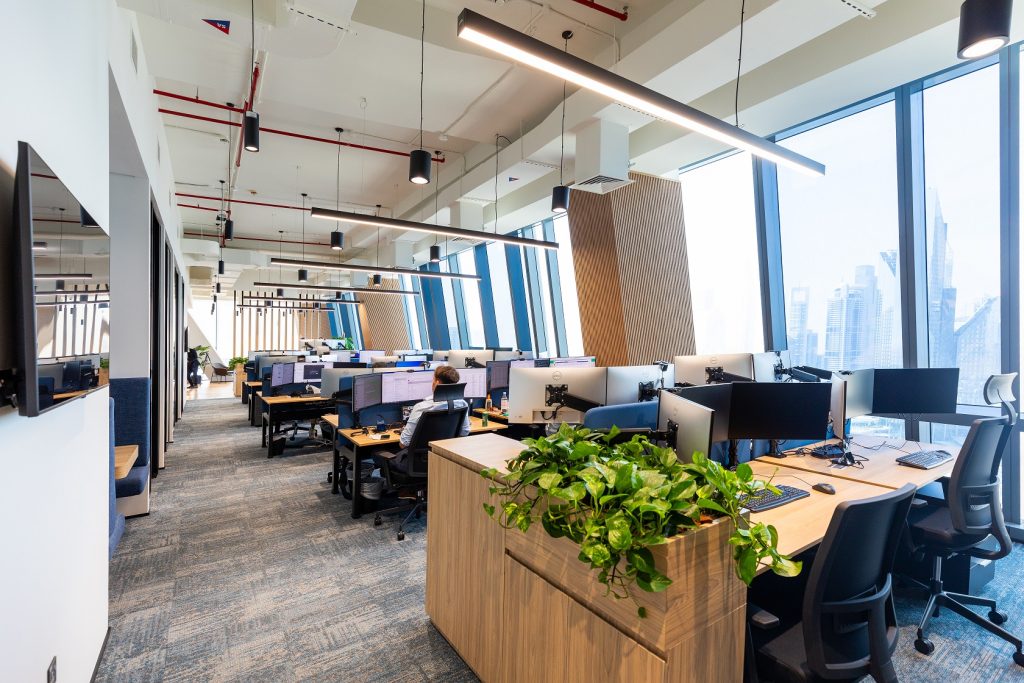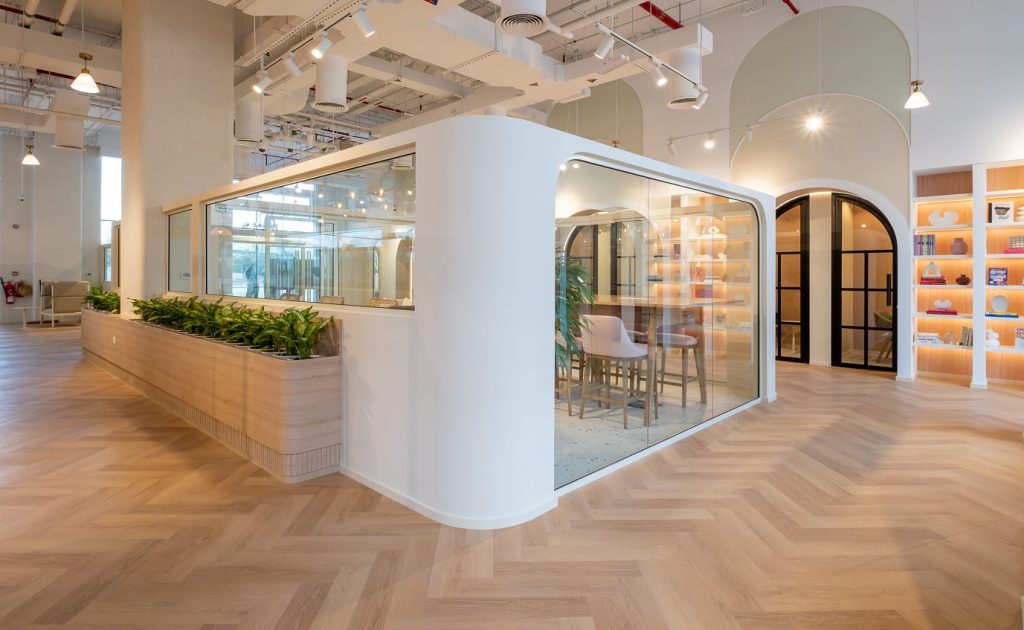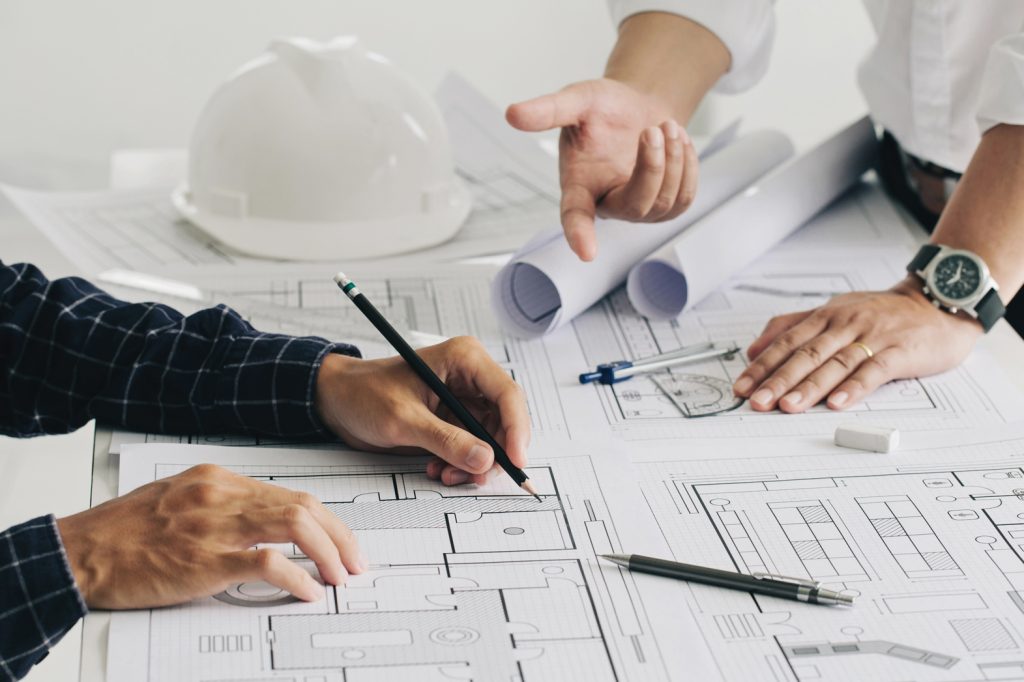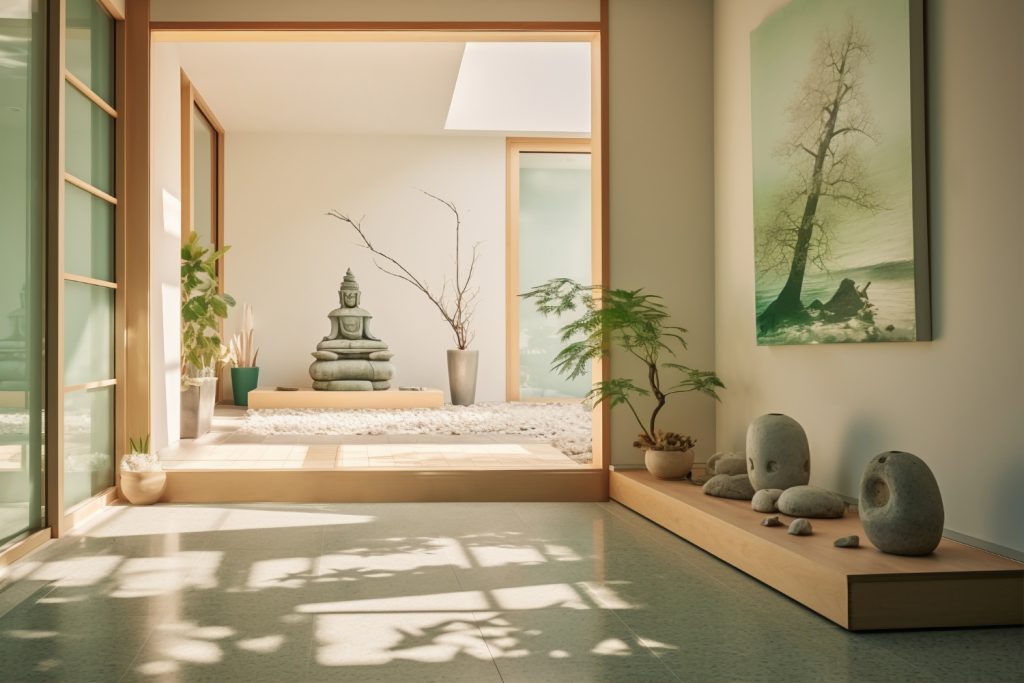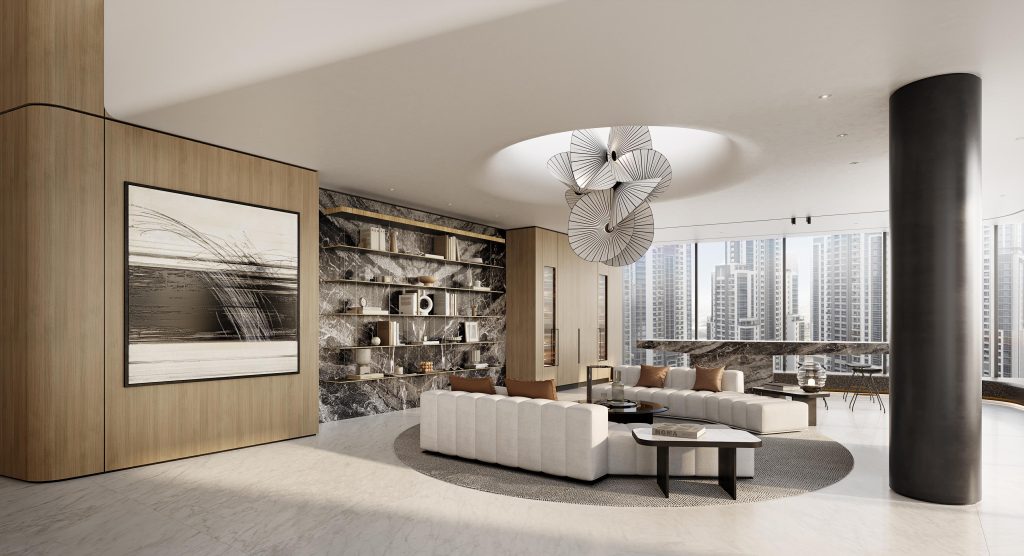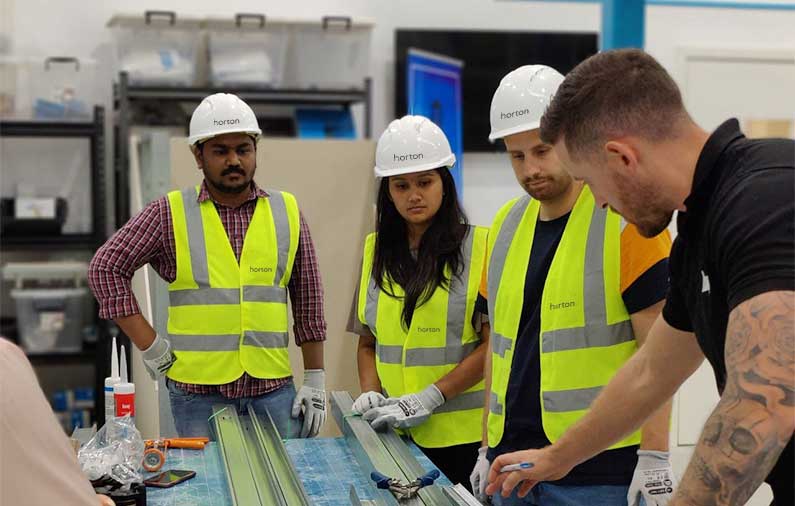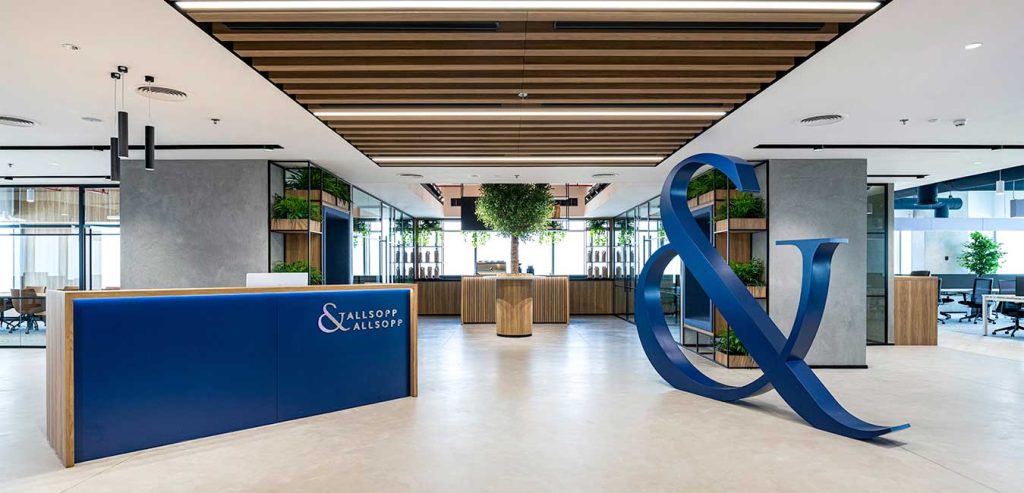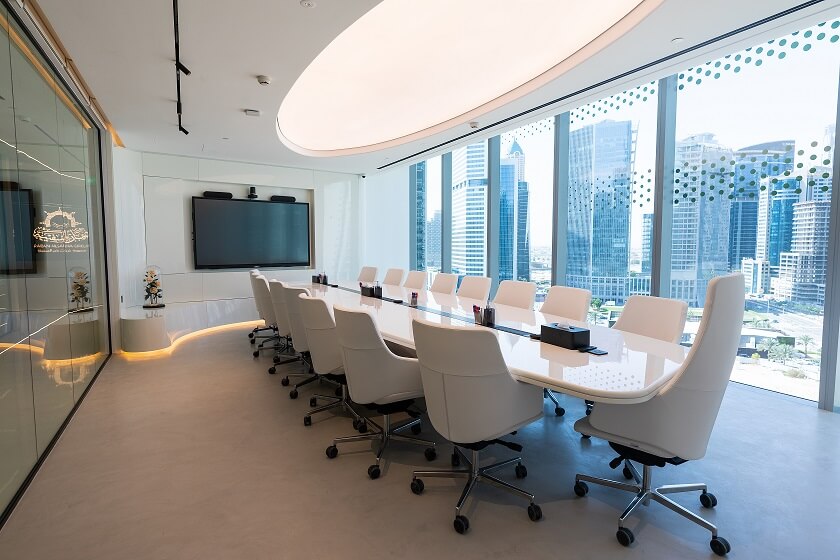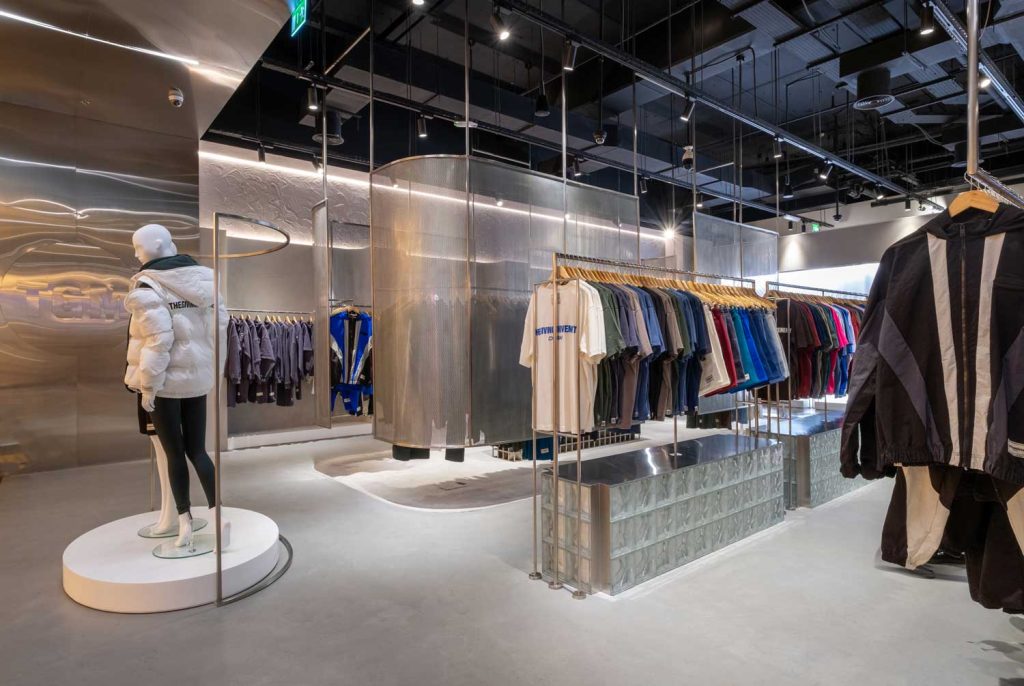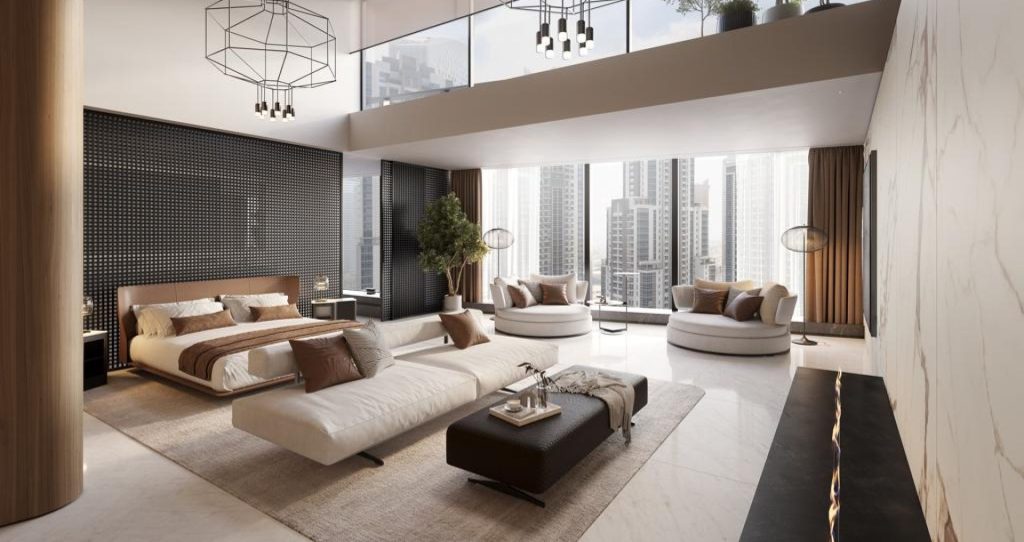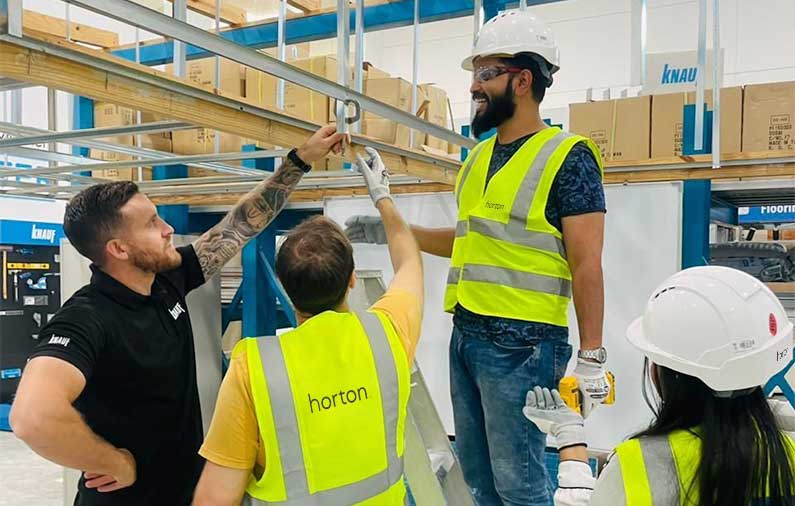Tackling Hidden Fit-out Costs
An office fit-out project involves planning the space and installing the rooms and furnishings. Each fit-out is different because spaces vary in size, nature, and shape. While a site visit is required to understand the specific requirements before supplying a quote, some of the main costs you can expect include flooring, furniture, partitioning, interior design, and MEP.
Naturally, the further away your chosen space is at the start from the environment you want to create, the more work is needed; subsequently, the costs are likely to be higher. However, there are still lots of ways to manage expenses and prevent unwanted surprises.
Most importantly, it helps if you start from the very beginning. Before searching for a new office, ensure you have a clear idea of what you’re looking for and what objectives you want to fulfill. That way, you can limit your choices to ones that tick the necessary boxes. Also, keep the budget top of mind and work within those parameters. As well as seeking professional advice early on, here are some of our top recommendations to keep costs in check.
1. Initial planning and budgeting
Possibly the most critical aspect of any new office fit-out is how thoroughly you plan for it. Generally, the office manager is responsible for organizing office renovations or refurbishment and managing a team of stakeholders in the design, layout, and budgeting. To get a comprehensive estimate, the office manager and project team should categorize and allocate costs according to five categories:
2. Don’t deviate from the plan
Once everything is planned out, stick to it. Any significant changes during the process will affect variables like how much material you require, labor costs, time, and ultimately price. Ask your PMO for help finalizing a realistic plan and keep track of the roadmap as the project progresses.
3. Beware of buying new
Starting fresh buying all new furniture might be tempting, but in reality, misunderstanding material requirements, under-estimating delivery times, or over-estimating quantities can mean you incur unnecessary costs. Instead, try to recycle and repurpose existing pieces as much as possible, to reduce the environmental impact, save money, and add character to a new space.
4. Maximize natural light
Some costs you may not think of during the conception and planning phase are ones you’ll need to address after completion. These include building maintenance and electricity. Discuss sustainable office fit-out ideas with your contractor to reduce electricity bills, and consider an easy-to-maintain open-plan office layout with durable furniture, flooring, and wall paint.
Studies show that natural light improves productivity, well-being, and performance and saves money on energy bills. Adding windows in the construction phase can increase the amount of natural light, and using automatic blinds to maximize daylight will also save money. If structural changes like bigger windows are not possible, then different types of artificial lighting that resemble natural light, like LED bulbs, are an effective solution.
5. Connect with a professional design & build partner
The best way to avoid any communication gaps is to choose an integrated partner who can oversee and execute all aspects of the project. An integrated delivery model is usually the most efficient option, especially if you are working with limited turnaround time or have a tight budget to consider.
6. Annual maintenance contracts
Unexpected costs associated with operating your facility can come as a surprise. Opting for an AMC will give you peace of mind that any issues will be dealt with quickly and save you a lot of money on repairs. Tracking metrics and setting benchmarks becomes easier for facilities managers as they can access historical and real-time data. This detail enables them to hunt for new ways to save energy, cut costs, and optimize the workplace in other ways as well. Ensure that your vendors consider every aspect of your technological requirements and other experience-oriented details in advance. That way, these requirements can be planned accordingly with other cost outlays such as ventilation, lighting, and fixtures.

